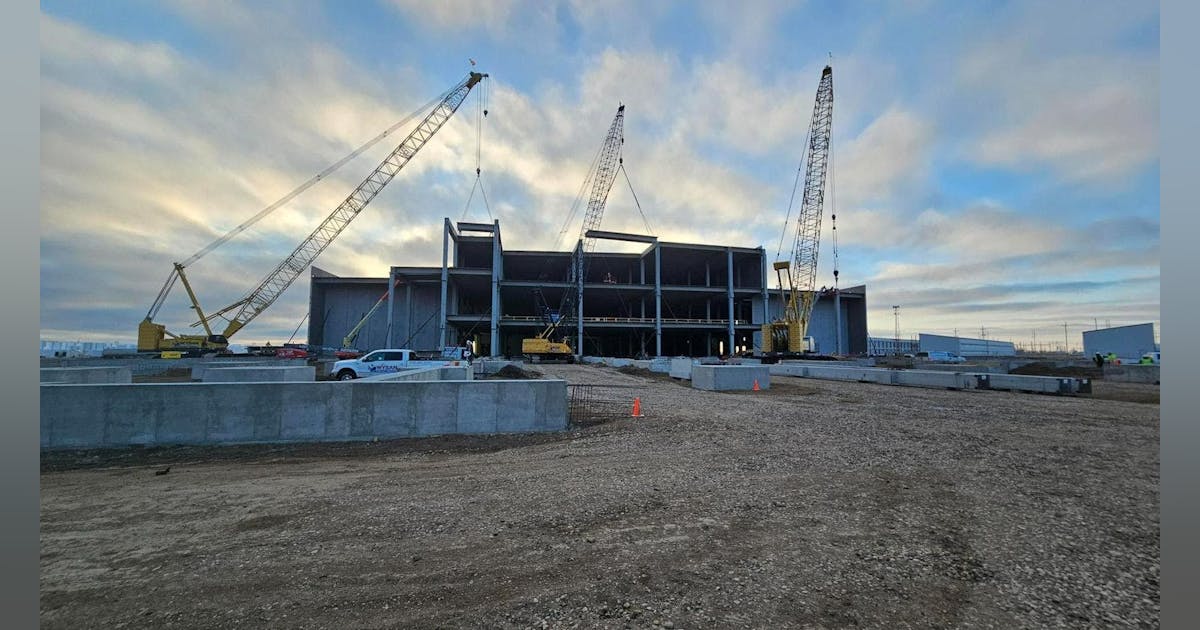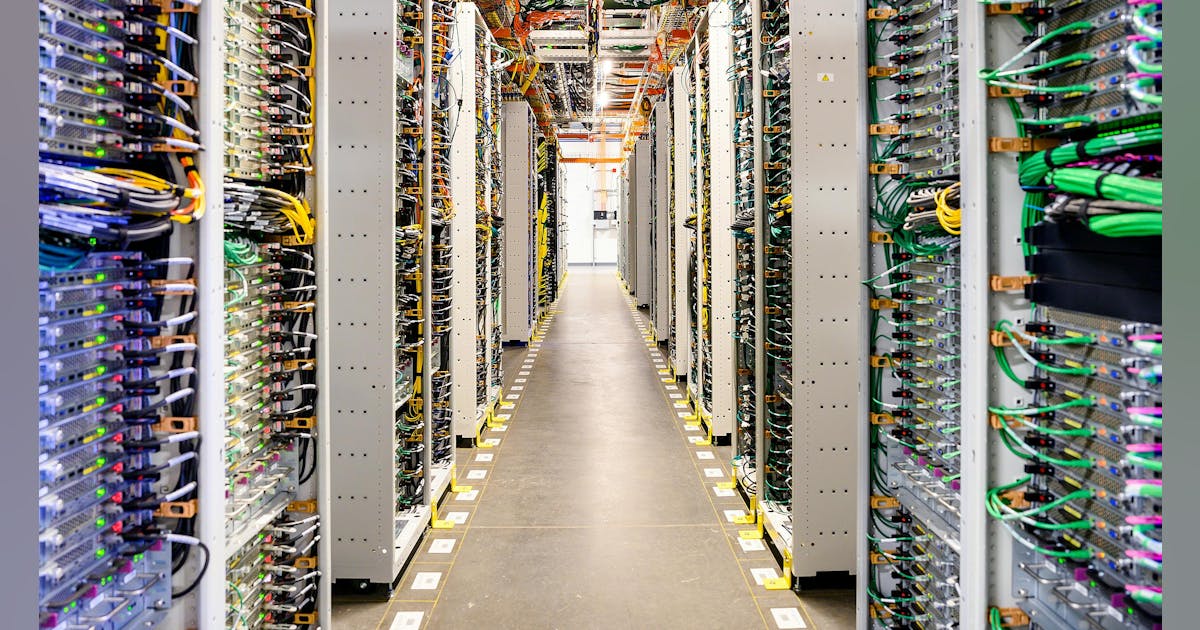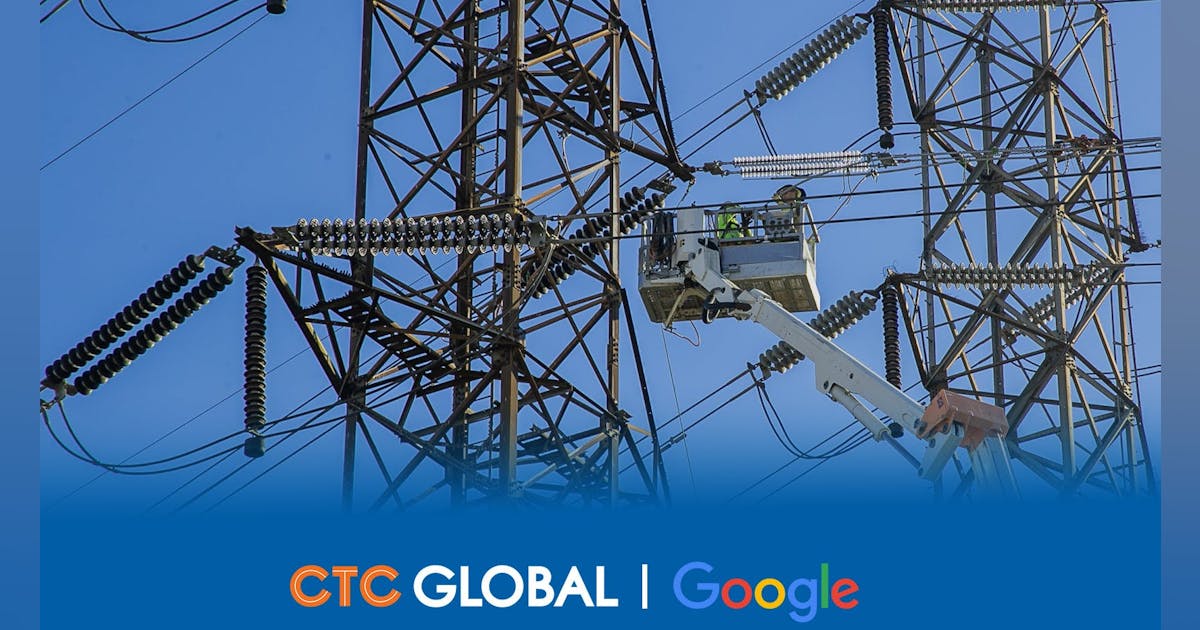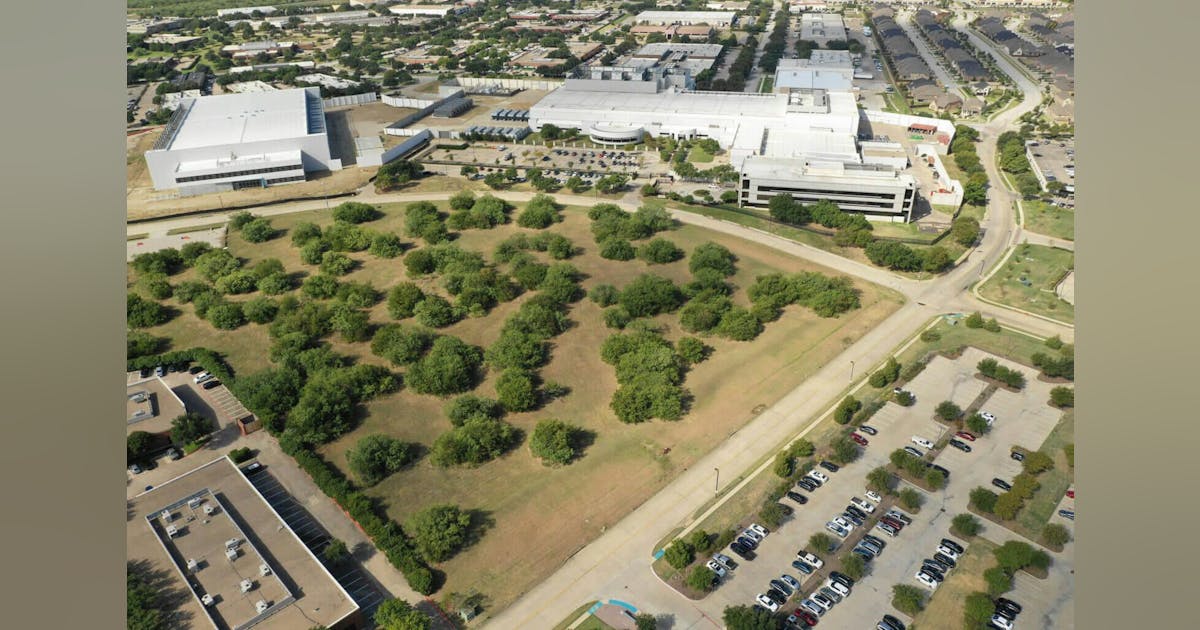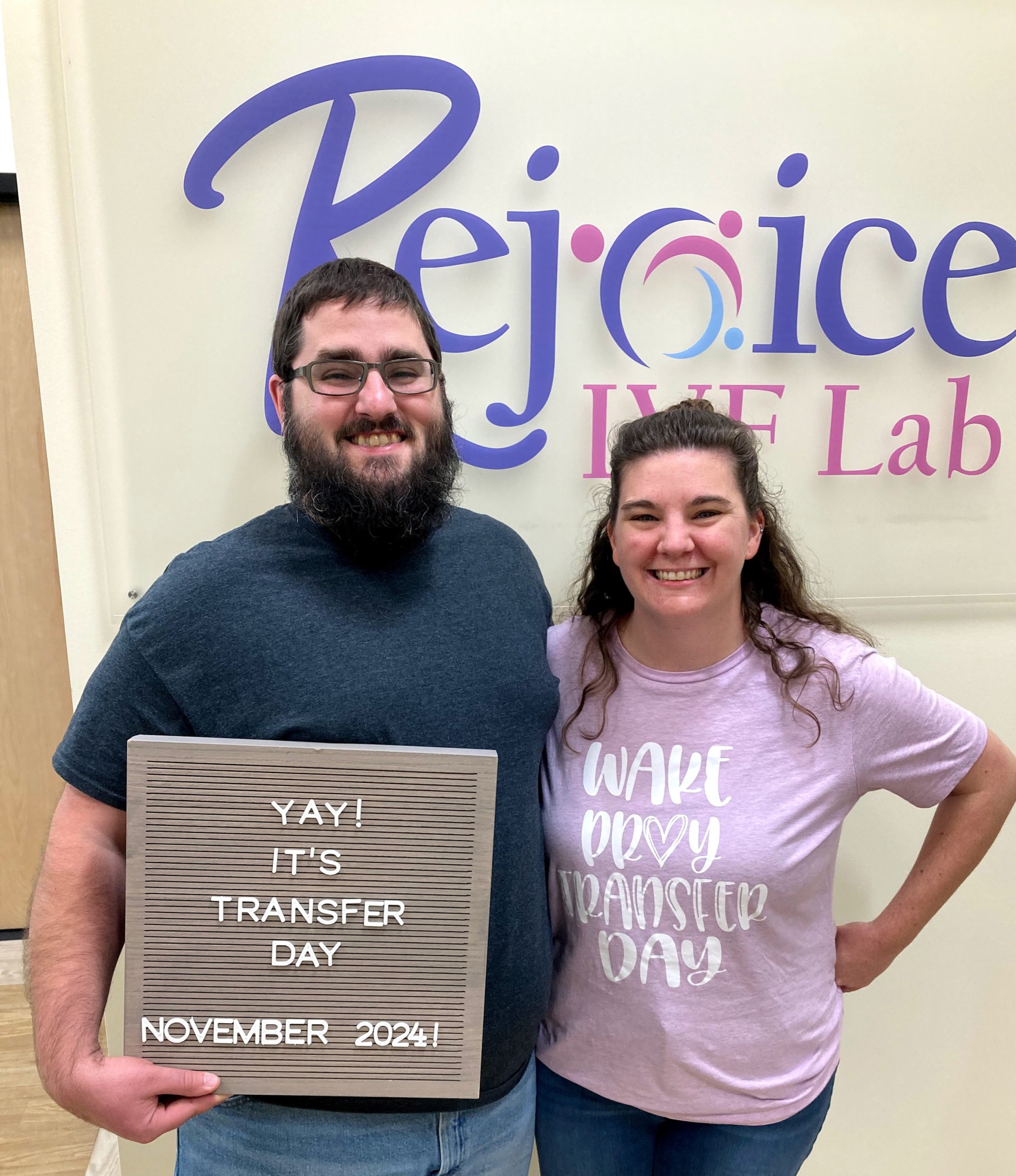
- 10, 12, or 16 core processors operating at 4.4 GHz per core.
- Up to 256 Power11 processor cores in one to four systems nodes; up to 64 TB of 4000 MHz, DDR5 DRAM memory, and six PCIe Gen4 x16 which four of them can be PCIe Gen5 x8 and two PCIe Gen5 x8.
- 19-inch PCIe Gen4 4U I/O expansion drawer and PCIe fan-out modules, supporting a maximum of 192 PCIe slots and four I/O expansion drawers per node.
- PCIe Gen1, Gen2, Gen3, Gen4, and Gen5 adapter cards supported in the system node, and PCIe Gen1, Gen2, Gen3, and Gen4 adapter cards supported in I/O expansion drawer.
- Dynamic LPAR support for adjusting workload placement of processor and memory resources.
- Active Memory Expansion (AME) that is optimized onto the processor chip.
- Power Enterprise Pools that support unsurpassed enterprise flexibility for workload balancing and system maintenance.
The new midrange server, the 4U rack mounted IBM Power E1150 supports 32 to 120 processor cores, 256 GB -16 TB high-performance up to 4000 MHz DDR4 OMI memory and Elastic, Mobile and Shared Utility Capacity options meaning the Power E1150 system lets clients deploy pay-for-use consumption of processor, memory, and supported operating systems, by the day, across a collection of Power E1150 systems, IBM stated. The S1122is a2U rack-mounted, entry-level Power11 server can support either two Entry Single-Chip Module (eSCM) or Dual Chip Mode (DCM) processors per server depending on customer power needs. Each new Power11 processor single chip module (SCM) contains two memory controllers. Four 10-core 3.90 – 4.20 GHz (max), four 12-core 3.90 – 4.40 GHz (max), or four 16-core 3.80 – 4.30 GHz (max) are used in each system node, providing 40 cores to a 160-core system, 48 cores to a 196-core system, or 64 cores to a 256-core system, according to IBM.
“The new Power11 platform has been specifically designed to help organizations harness opportunities in the era of AI and hybrid, multicloud operations,” wrote Drake. “First, Power11 addresses both performance and compliance requirements of AI, including acceleration capabilities and the ability to access, transform, and manage enterprise data at scale, and support the seamless integration of generative AI (genAI) capabilities with mission-critical enterprise processes,” Drake wrote.
Second, the platform supports new automation capabilities, bringing a range of benefits to Power platform customers that span management, reliability, security, and sustainability, Drake wrote. “Finally, IBM’s Power11 is designed to support a distributed and flexible hybrid infrastructure with business-driven workload placement across on premises, public cloud, or private cloud based on performance, cost, and compliance needs.”
All of the servers include an AI-based Matrix Math Accelerator that helps to perform in-core AI inferencing and machine learning where data resides, IBM stated. IBM says there can be zero planned downtime for system maintenance. For instance, features such as autonomous patching, automated workload movement, and planned system maintenance events can occur without ever taking critical applications offline, according to Bargav Balakrishnan, vice president of product management with IBM. This feature can free IT professionals from spending time planning, testing, and executing upgrades to their systems, Balakrishnan said. The Power servers support IBM’s Power Cyber Vault that utilized AI/ML and the NIST cybersecurity framework to help identify, protect, detect, and automatically respond to cyber threats instantly, Balakrishnan said.
“Cyber Vault provides protection against cyberattacks such as data corruption and encryption with proactive immutable snapshots that are automatically captured, stored, and tested on a custom-defined schedule. Power11 also used NIST-approved built-in quantum-safe cryptography designed to help protect systems from harvest-now, decrypt later attacks as well as firmware integrity attacks,” Balakrishnan said.
Other shared server features include:












